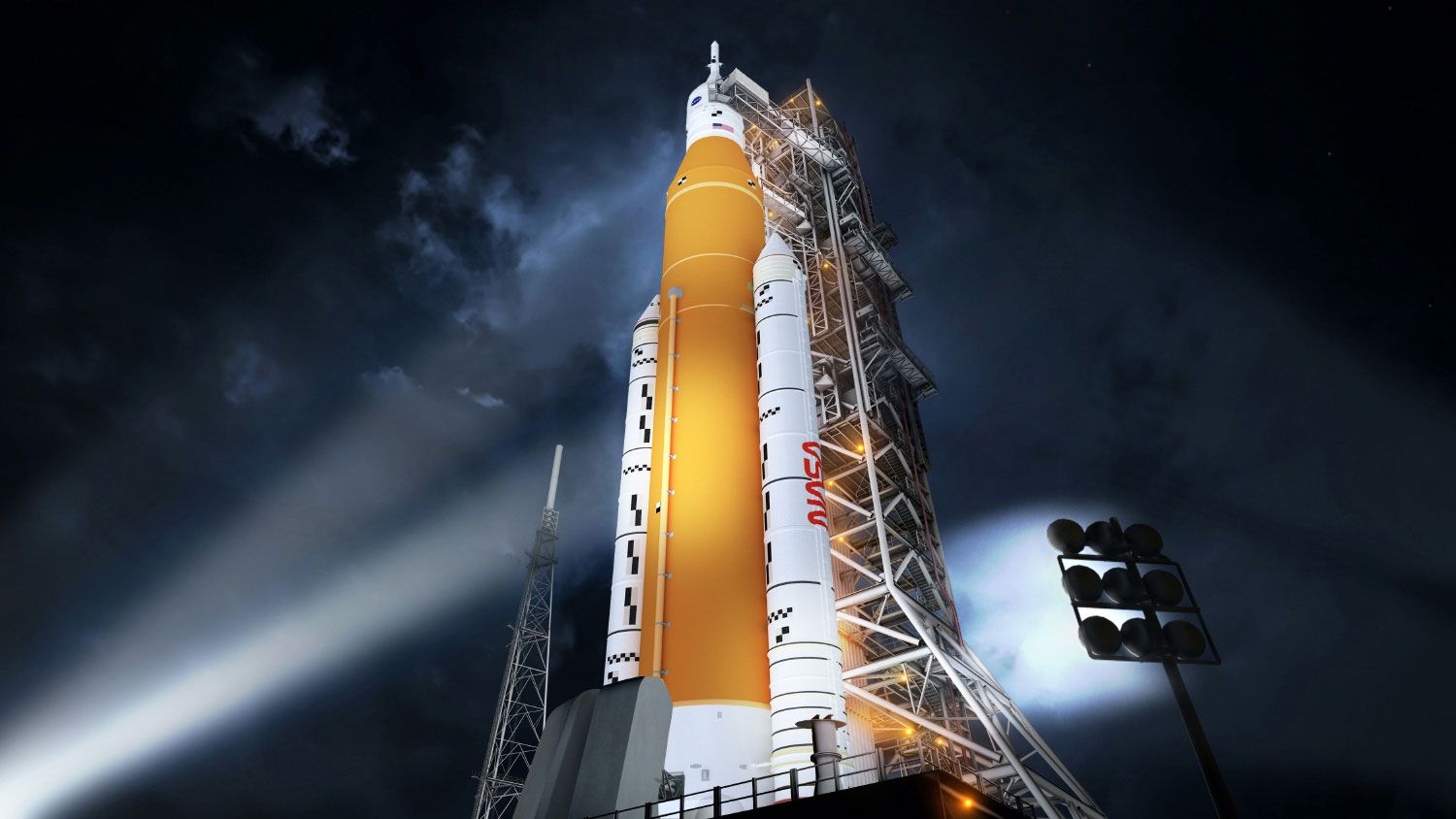
Readying sub-orbital flights to bring passengers to space


Joseph Cramer, Director, Federal Legislative Affairs, Global Spectrum Management, Boeing
The upcoming World Radiocommunication Conference, WRC‑23, will consider a topic that could impact passenger travel for generations — how to regulate the communications, navigation and surveillance systems of platforms flying for a short time in space.
Agenda item 1.6 considers what regulatory provisions, if any, are needed to facilitate radiocommunications for sub-orbital vehicles.
What are sub-orbital vehicles?
A sub-orbital vehicle can reach space but does not reach a sufficient speed to complete an orbit of the Earth. After being taken to a very high altitude by a rocket, another aircraft or its own propulsion, the vehicle uses its wings and additional energy to gain lift into space.
Because of the speed limitation, the flight path does not consist of a full orbit. Hence, we call such an aircraft a “sub-orbital” vehicle.
Towards space travel
Several companies are working to provide commercially viable travel for passengers to experience, at least for a few moments, the sensation of weightlessness and being in space. As the vehicle free-falls back to Earth, those onboard will experience the feeling of zero gravity.
Flying in a sub-orbital vehicle will allow passengers a view of both space and the curvature of the Earth. They will also very likely experience the rise and fall of the sun more than once in less than a day.
The challenge
WRC‑23 agenda item 1.6 has presented a challenge, because there is no agreed definition of exactly when terrestrial services end and space services begin. There is also no clear understanding of, nor agreement on, whether a terrestrial station becomes a space station when it operates on a platform “above the major portion of the Earth’s atmosphere”.
Providing scheduled commercial transportation to space, even for short-duration space flights, still entails technical and operational challenges. These include communication, as well as regulatory challenges related to telecommunications.
Fortunately, the International Telecommunication Union (ITU), which organizes the World Radiocommunication Conference, is well placed to develop the regulatory structure to help industry and governments find the most efficient and safe way to take people into space.
An exciting opportunity for space travel
Like other technically complex aviation and aerospace technologies, the world will need time to establish the standards and regulations to ensure public and aviation safety for sub-orbital vehicles.
As we continue our preparatory work for WRC‑23, administrations will have the opportunity to help shape the telecommunication regulatory environment, enabling this new and exciting opportunity to develop.
Download your copy of the ITU News Magazine: Land, sea and airwaves.
Header image credit: Boeing/NASA
